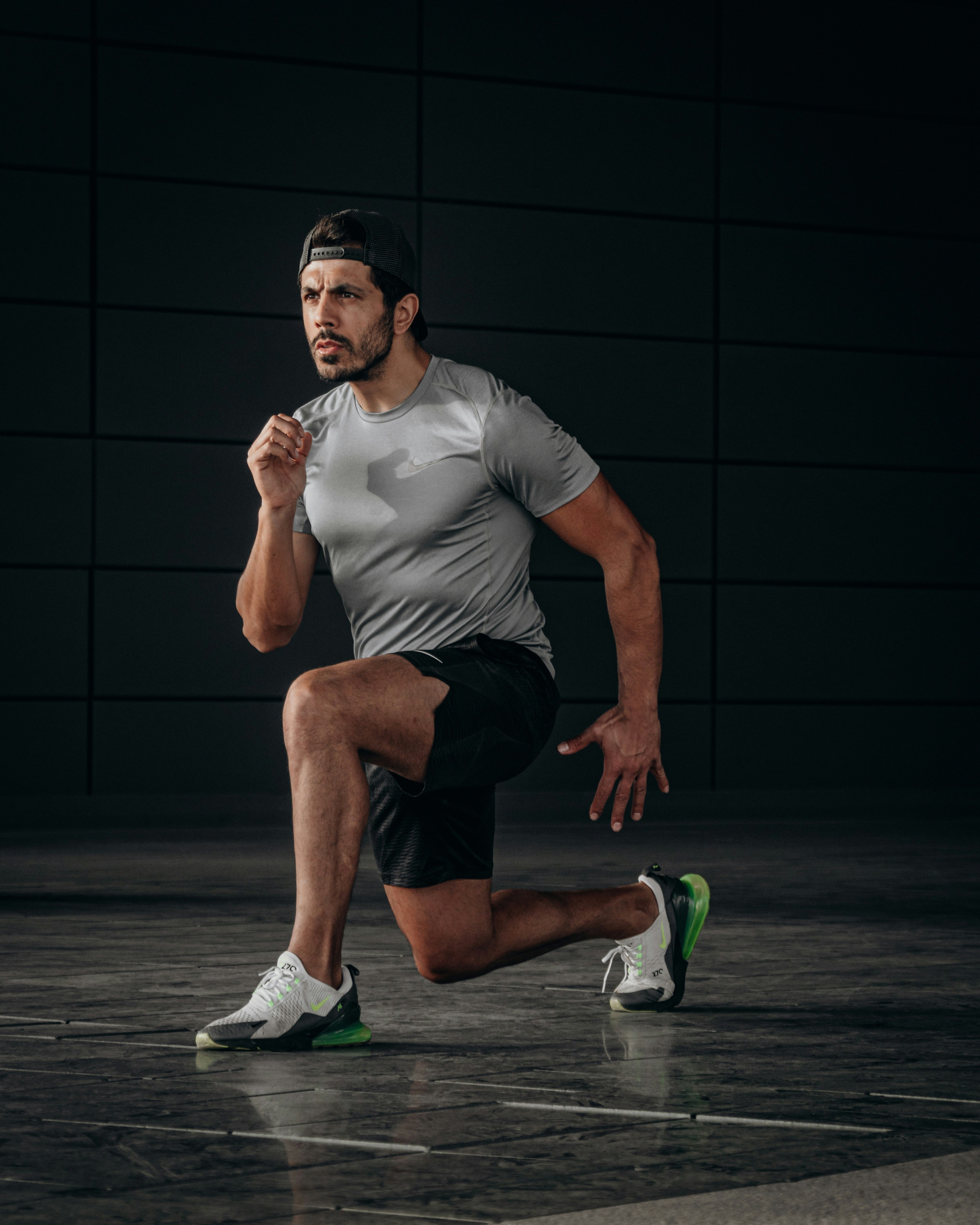Project type
Mobile App
Role
Product Designer
Time frame
12 Weeks
Year
2021
My Role:
As a UX designer, my role in this project was to lead the redesign effort, collaborating with a cross-functional team including product managers, developers, and user researchers. My responsibilities included conducting user research, defining the problem, designing solutions, and validating those solutions through user testing.
Introduction:
In today's fast-paced world, maintaining a healthy lifestyle can be challenging. With busy schedules and limited time, many individuals struggle to find the motivation and guidance to stay fit and active. Mobile fitness apps have emerged as a promising solution, offering personalized fitness plans, real-time tracking, and a supportive community to help users achieve their fitness goals.

Problem:
Despite the abundance of fitness apps available, many users find them difficult to navigate, overwhelming, and lacking in personalization. The sheer volume of options and features can lead to confusion and disengagement, while the absence of personalized guidance and support can leave users feeling lost and unmotivated.
Solution:
To address these challenges, a user-centered design approach is essential for creating a successful fitness mobile app. This approach involves understanding the needs and preferences of target users and designing an app that is both intuitive and personalized.
Key elements of a user-centered fitness app design include:
Tailored workout plans: Provide personalized workout plans based on individual fitness levels, goals, and preferences.
Real-time activity tracking: Track progress in real-time using GPS, wearable devices, and other sensors.
Gamified elements: Incorporate gamification features to motivate users and encourage consistent engagement.
Social support: Foster a supportive community through forums, challenges, and leaderboard rankings.
Intuitive interface: Design a user-friendly interface that is easy to navigate and understand.
Visually appealing design: Create a visually appealing and engaging design that motivates users.
By incorporating these elements, a fitness mobile app can effectively guide users on their fitness journey, providing the personalized support and motivation they need to achieve their goals.
Conclusion:
Designing a successful fitness mobile app requires a deep understanding of user needs and a commitment to personalization. By adopting a user-centered approach, developers can create apps that are both engaging and effective in helping individuals achieve their fitness aspirations.



